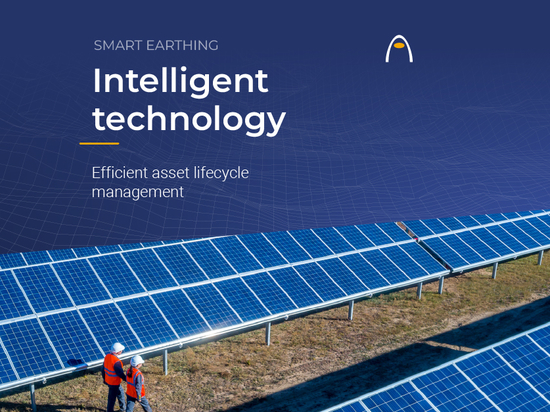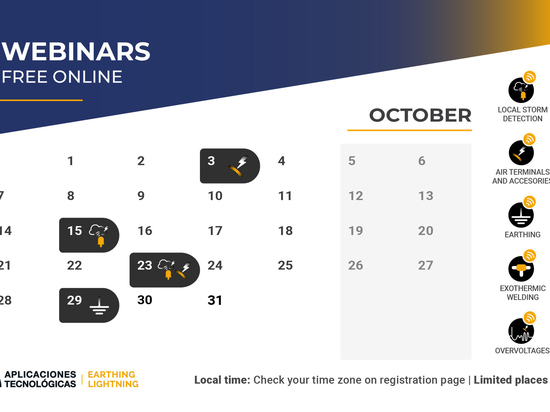
#Industry News
Differences between Exothermic welding and Brazing
Differences between Exothermic welding and Brazing
Both exothermic welding and brazing are different methods of bonding one or more pieces of metallic conductors used in earthing systems. There are different types of welding and different forms to classify them. One of these forms is to distinguish if the pieces to be welded are actually melted or not when adding the compound material.
Brazing is a welding process in which the conductors to be welded are not melted, instead they are heated up to a very high temperature in order to then add the compound material.
During the bonding process, the compound material is melted by applying a source of heat using a highly volatile mixture of gases, usually oxygen-acetylene. This compound material is spread by capillarity with the materials to be welded. After the conductors cool down, the required bond of the conductors is achieved.
This type of bond is only used to join tape conductors and brings about a number of occupational risks that need to be considered.
Exothermic welding implies an actual fusion of the materials to be bonded. In this case, the compound material is cast copper, which melts the conductors involved in the bond.
Differences and advantages of Brazing and Exothermic welding from Aplicaciones Tecnológicas
Using this method, a perfect molecular bonding of the conductors is achieved and therefore the electrical proprieties of the conductors at the bond point are improved.
The first difference in favour of exothermic welding comes directly from the electrical properties obtained in the connection.
The second advantage is related to the equipment needed. For brazing, we need a powerful energy source, that is a welding torch.
Apart from the energy consumption needed for the bond, the torch itself uses flammable materials such as acetylene (most commonly used) or combustion gases such as propane. These gases are mixed with oxygen, which means that an even higher risk is imposed. The usage of these gases gives way to a high probability in the risk of fire, explosion or certain dangers arising from its usage, transportation and storage, as reported by the Health and Safety Executive (HSE) in the United Kingdom:
· Fires and explosions caused by flammable gas leakage.
· Fires and explosions within the equipment caused by a flashback in the torch.
· Fires and explosions within the equipment caused through the decomposition or detonation of the acetylene due to a lack of oxygen.
· Burns from contact with the flame or hot metal parts
· Eye injuries caused by hot particles and heat
In case of using acetylene, when it comes into contact with some metals – notably copper, silver and mercury – acetylides may be formed, particularly when moisture is present. Acetylides are unstable and may explode or initiate decomposition of the acetylene.
By contrast, exothermic welding practically requires no energy to carry out the process. Only a low voltage current is required to initiate the reaction. Once it has started, the process obtains the required energy by itself in order for it to be carried out successfully.
In comparison, the exothermic welding process requires almost no external energy and it is obtained in an easier and safer way.
There are other differences to be considered in order to decide what method should be used for earthing system conductor bonds, which, in turn, also make exothermic welding more recommendable than brazing:
· The compound material for brazing depends on the conductors to be welded. It is not the same to weld two pieces of copper or pieces of copper and steel. Exothermic welding always uses the same compound.
· The difficulty of achieving a good connection and the operating time increases in brazing, which is only used on conductors in a tape format. By contrast, with exothermic welding, the procedure is practically the same regardless of the type of conductors.
· Furthermore, the bonding of conductors is more complicated with brazing.
In general, the training an operator requires is much more specific in brazing because the knowledge and skill of the process is more complicated.
· Exothermic welding requires a less complicated manufacturer’s training in order to ensure the process is understood. It is a methodical process, with less specific skill required in order to achieve what is actually a better connection all round.







